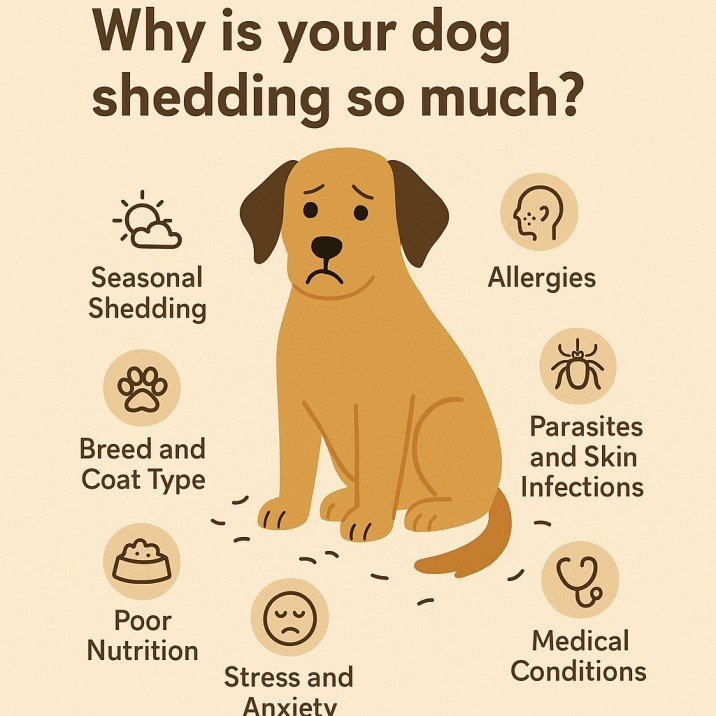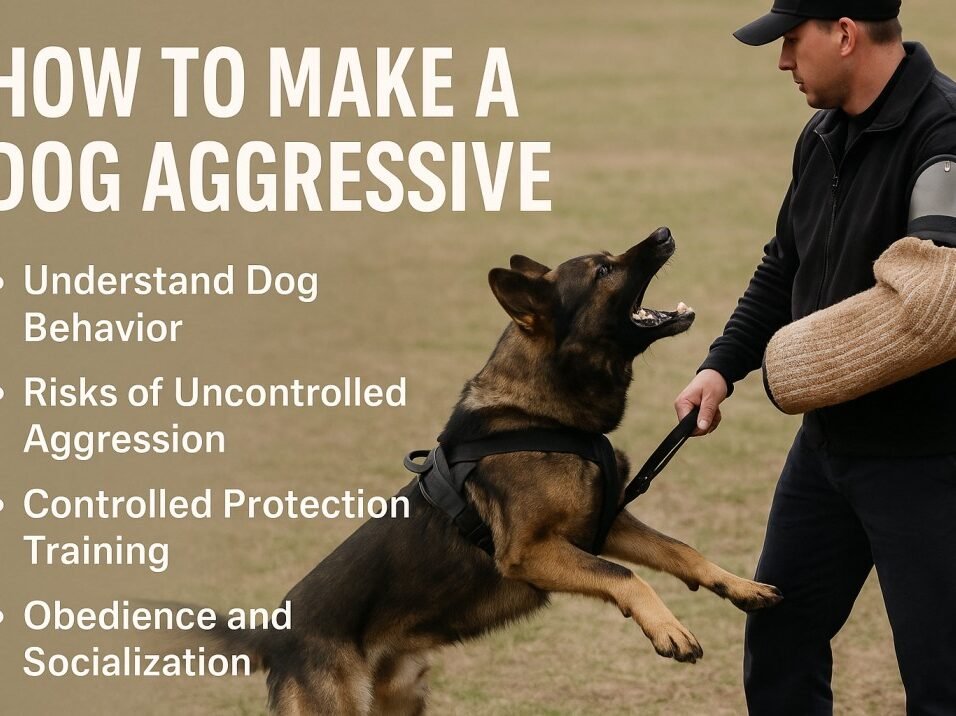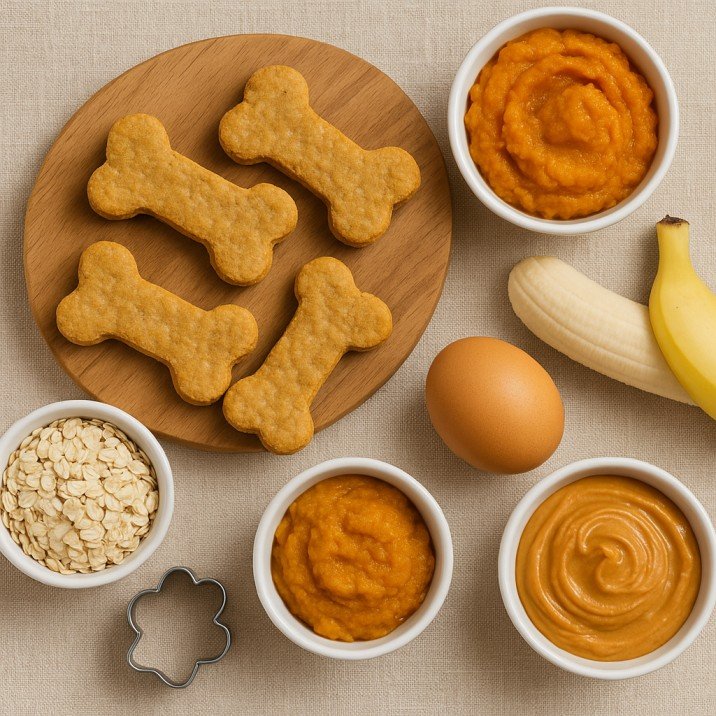Why Is My Dog Shedding So Much? Understanding the Causes and Solutions
If you’re a dog parent constantly vacuuming fur or wondering why your furry friend is losing so much hair, you’re not alone. Shedding is a natural process in dogs, but excessive hair loss can sometimes raise concerns. So, why is your dog shedding so much? Let’s dive into the common reasons, signs to watch out for, and how to manage it effectively.
Is Shedding Normal in Dogs?
Yes, shedding is perfectly normal for most dogs. It’s how they get rid of old or damaged hair. Some breeds shed more than others, depending on factors like their coat type, health, and environment. For example, breeds like Golden Retrievers, Huskies, German Shepherds, and Labradors are known for heavy shedding, especially during seasonal changes.
Common Reasons for Excessive Dog Shedding
1. Seasonal Shedding
Many dogs shed more in spring and fall. In spring, they lose their thick winter coat, and in fall, they shed their lighter summer coat to prepare for colder weather. This is often referred to as “blowing coat,” and it’s perfectly normal.
2. Breed and Coat Type
Double-coated breeds tend to shed significantly. These breeds have a soft undercoat and a tougher outer coat. Regular grooming is essential to manage shedding in such dogs.
3. Poor Nutrition
A low-quality diet can affect your dog’s coat health. Dogs need a balanced diet rich in omega-3 fatty acids, proteins, and essential vitamins. Without these nutrients, their fur becomes brittle and falls out more than usual.
4. Stress and Anxiety
Dogs, like humans, can suffer from stress. Changes in the environment, new pets, loud noises, or being left alone for long periods can cause anxiety, leading to excessive shedding.
5. Allergies
Environmental or food allergies can cause itching, scratching, and hair loss. Common allergens include pollen, dust mites, certain proteins in food, or even flea bites.
6. Parasites and Skin Infections
Fleas, ticks, and mites can irritate your dog’s skin, causing scratching and shedding. Fungal or bacterial infections, like ringworm or dermatitis, can also lead to hair loss.
7. Medical Conditions
Certain health issues, such as hypothyroidism, Cushing’s disease, or hormonal imbalances, may result in abnormal shedding. If your dog has bald spots, flaky skin, or behavioral changes, consult your vet immediately.
Signs That Shedding Might Be a Problem
While regular shedding is normal, here are some signs that could indicate an underlying issue:
- Bald patches or thinning fur
- Red, irritated, or flaky skin
- Constant scratching or licking
- Dull and dry coat
- Sudden increase in shedding
- Foul odor from skin or coat
If you notice any of these symptoms, it’s time to seek veterinary advice.
How to Reduce Excessive Dog Shedding
Although you can’t stop shedding completely, there are effective ways to manage and reduce it:
1. Brush Your Dog Regularly
Brushing helps remove loose fur and distributes natural oils, promoting a healthy coat. Use a slicker brush, deshedding tool, or undercoat rake depending on your dog’s breed.
2. Feed a High-Quality Diet
Look for dog food rich in omega-3 and omega-6 fatty acids, real meat, and vegetables. You can also add fish oil supplements (with your vet’s approval) to support coat health.
3. Keep Your Dog Hydrated
Dehydration can lead to dry skin and increased shedding. Make sure fresh water is always available.
4. Bathe with a Gentle Dog Shampoo
Use a mild, moisturizing shampoo that is designed to reduce shedding. Avoid over-bathing, as it can strip essential oils from the skin.
5. Control Parasites
Use vet-recommended flea and tick preventatives to keep your dog free from parasites. This helps reduce itching and hair loss.
6. Minimize Stress
Create a calm environment for your dog. Provide mental stimulation through toys, walks, and quality time to help reduce anxiety-related shedding.
7. Visit the Vet Regularly
Regular checkups ensure that any potential health issues are caught early. If your dog’s shedding seems unusual, your vet can run tests and recommend treatment.
Final Thoughts
So, why is your dog shedding so much? The answer could be as simple as a seasonal change or as complex as a medical condition. By understanding your dog’s breed, coat type, and health status, you can manage shedding more effectively.
Remember, a shiny, healthy coat is often a sign of overall wellness. With proper grooming, good nutrition, and routine vet care, you can keep the fur on your dog — and off your furniture.







Leave feedback about this